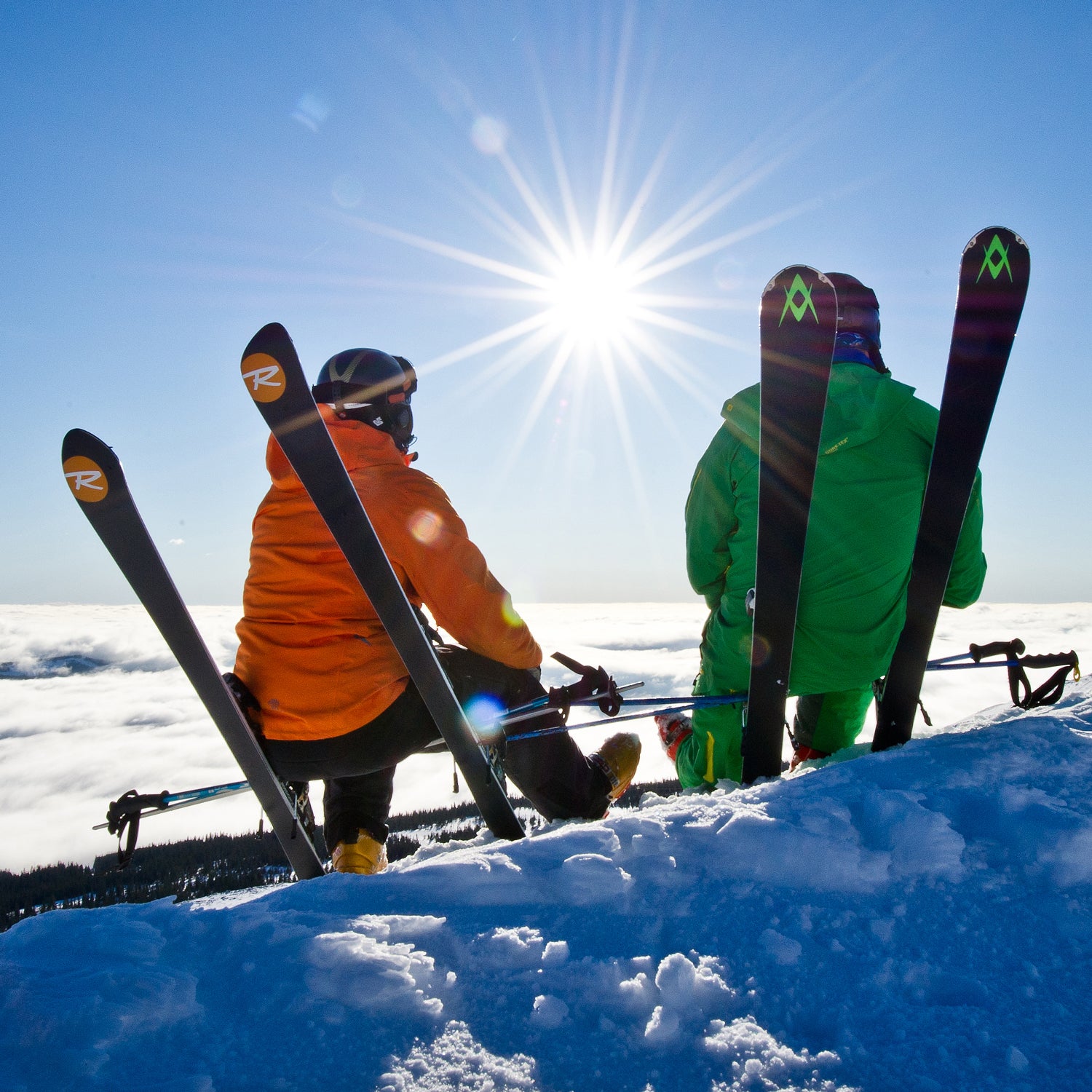Purchasing used gear makes learning a new, expensive sport like skiing much less cost prohibitive, but it’s easy to waste money on junk.
To take some of the guesswork out of the process, I interviewed Josh Sims, owner of , an outdoor gear repair and consignment shop in Bend, Oregon. Since he bought the shop in 2008, Sims has seen and made thousands of repairs, including resoling more than 1,000 climbing shoes. Many of those repairs are the direct result of customers buying used gear that was already past its retirement date.
Here are eight tips from Sims based on the most common mistakes he’s seen people make when it comes to buying old gear. Don’t follow in their missteps.
Check the Zippers
Busted zippers are the most common repair Sims makes to outerwear. “Look at the part of the zipper where you put the slider on,” Sims says. “That area is often torn from people yanking on the zipper.”
When examining a zipper on a used jacket, zip it up and down a few times, and pay attention to the fluidity. If it’s catching somewhere, there’s likely material or dirt getting in the way of the track. Check if you can clean it out with a toothbrush and cleaner like . If you can’t, look for a different jacket.
Pro Tip: If just the slider is broken but the track teeth and zipper tape are intact, you can fix it for $5. Look for inexpensive options online on sites such as .
Look Inside
When buying used waterproof outerwear, you’ll want to make sure it’s still waterproof. Just because a sterling company like Patagonia made the jacket doesn’t mean its previous user didn’t trash it beyond repair.
Flip a jacket inside out and take a close look at the seams. Failures will be obvious on taped seams, where the tape may have ripped or pulled away from the fabric. Untaped seams may be brittle or rough around the edges. Sims also recommends paying attention to the shoulders, which get the most wear. If the interior lining at the shoulders is visibly rough, there’s a good chance it’s no longer waterproof and is beyond what a wash-in or spray-on treatment, like , can fix.
Check Your Toes
Sims sees many soles that are peeling off used hiking boots and climbing shoes. This is likely the result of the previous user leaving the gear in a hot car or tent, which reactivates the glue that binds the sole to the upper. Take a close look at the used footwear you’re thinking about buying to make sure the edge of the sole sits flush with the shoe. Pay close attention to the toe, where you should notice the most wear.
Compatibility Is Key
When it comes to buying Nordic ski gear, you have to make sure your boots are compatible with your bindings. Check the boot or binding for its make, and look for the acronyms SNS (made by Solomon) or NNN (everyone else). Be sure the boots and bindings have the same acronym so they’ll match up.
Look for Shaped Skis
If the used alpine skis you’re looking at are straight, with no shaping on the sides, they likely won’t work with your bindings—and they’ll definitely be more difficult to use. They’re probably also more than a decade old. Look for a board with a tip and tail that’s wider than the waist: These skis use newer technology and should work with most modern bindings.
Pay Attention to Color
Most hardgoods, such as skis, boots, and bindings, have plastic components, and their appearance can be a good indicator of the shape they’re in. “If you see discoloration in old bindings and boots, they’ve likely been sitting somewhere for a while, probably in the sun, which makes them brittle,” Sims says. If the original plastic was dark, avoid ashy discoloration. For white plastics, avoid products with yellow patches.
Inspect the Frame
If you’re looking at bikes, don’t just look at the components. “People get focused on mechanics that can be fixed or replaced,” Sims says. “Fixing a frame is really expensive.” When looking for cracks in a frame, pay particularly close attention to the weld points where the frame is most likely to have weak spots.
If It Looks Like Crap, It Probably Is
“You don’t have to be an expert to see if something wasn’t taken care of,” Sims says. While this tip may seem obvious, sometimes a really good price on what was once an awesome piece of gear will tempt you to buy the product even if it looks like it spent the last decade outside. “If it looks filthy and you aren’t an expert, just hold off and find an expert to look at it,” Sims says.


